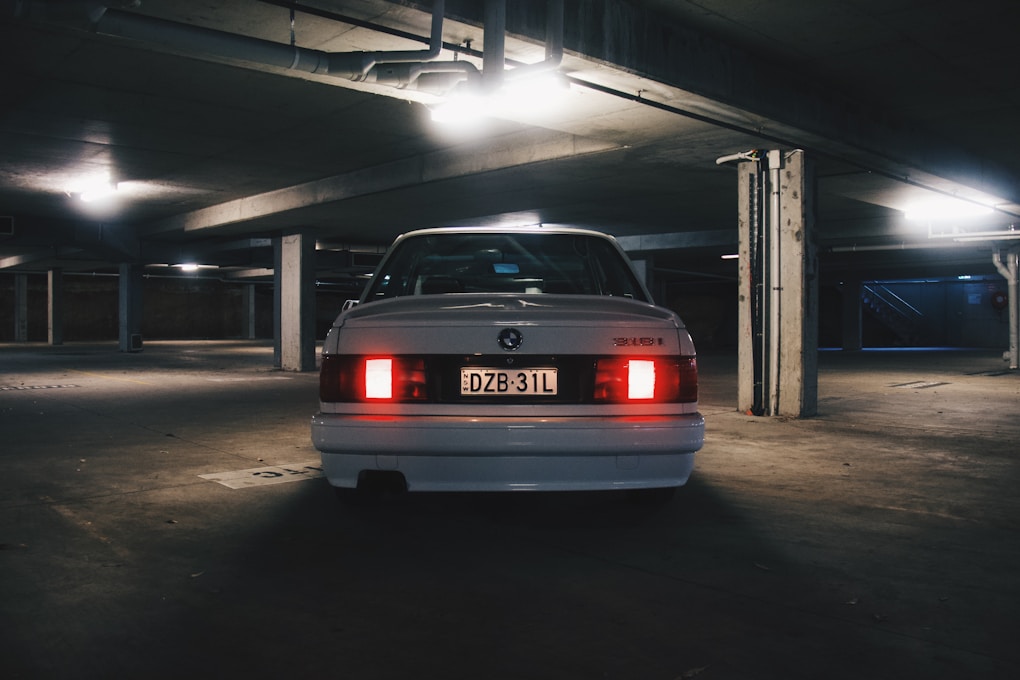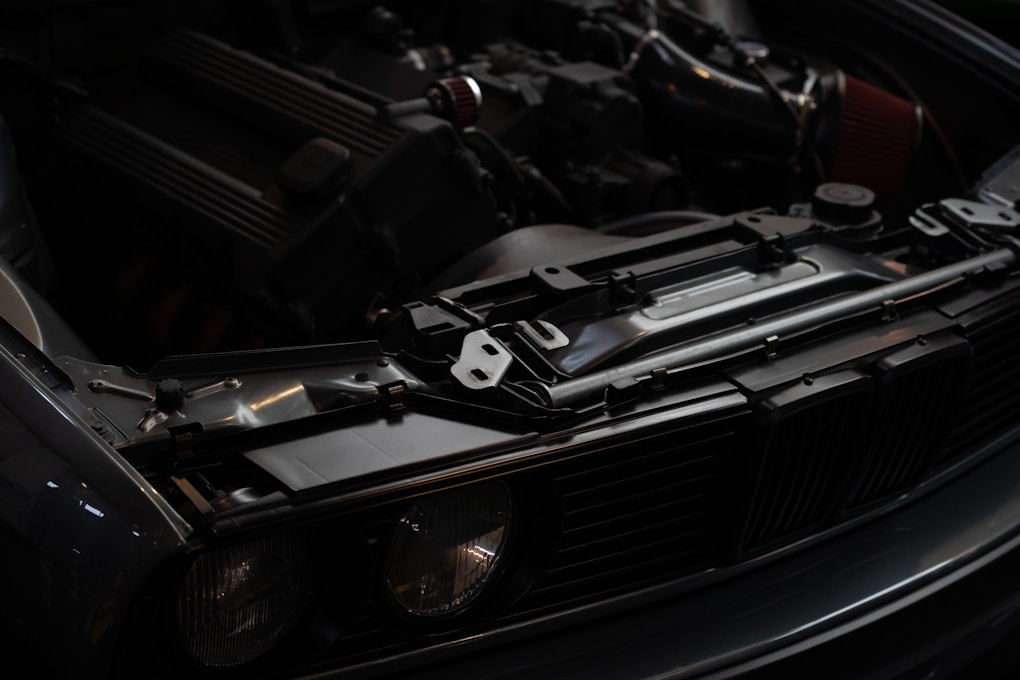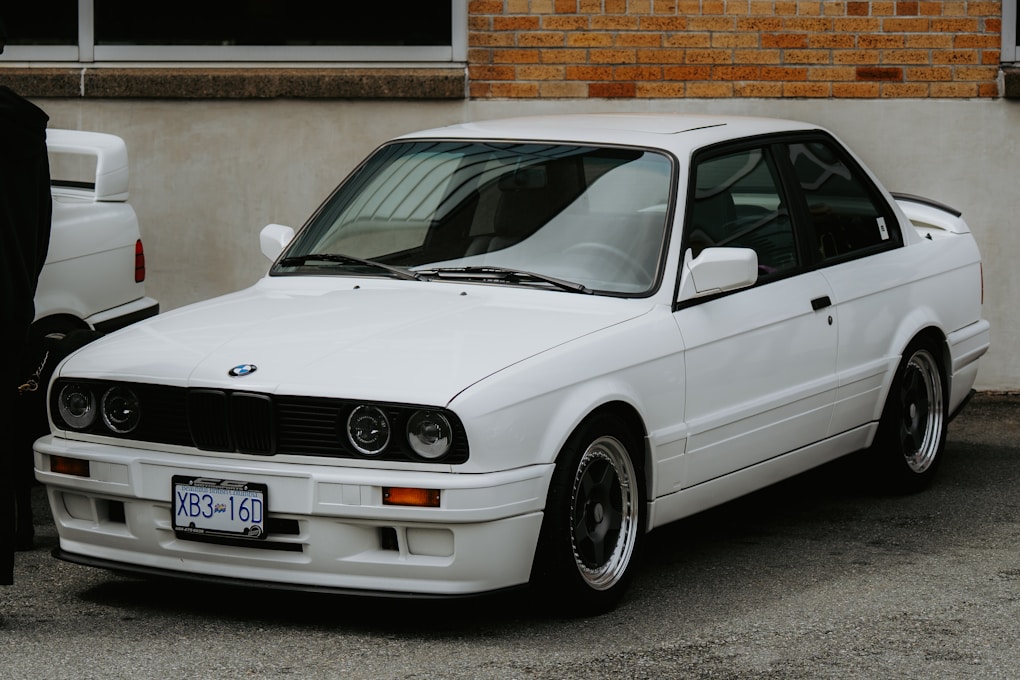There’s this hum. Right around 3,200 RPM, the M20 inline-six placed in the BMW E30 3-series, just… settles in. It’s not some crazy V8 rumble or a screaming four-cylinder.
It’s this clean, mechanical thrum that buzzes up through the floor, right into your hands on that skinny steering wheel.
It’s like a bunch of German engineers from 40 years ago are giving you a quiet nod from across time. That’s the entire point.
Forget the hype. Forget the prices for a minute.
The whole magic of the BMW E30 is that it’s one of the last truly honest cars you can still buy and, crucially, fix yourself with a normal socket set. It’s a conversation. Just you, the car, and the road. And that chat is getting a lot harder to have these days.
So what do you really need to know before you drain your savings? First, the feeling is irreplaceable. You can see everything out of this car, the pillars are practically toothpicks. You feel every single texture of the pavement in a way no modern car, with its layers of insulation, can ever replicate. Then there’s the ownership reality: that little orange “Check” light on the dash? It’s gonna be on. Forever. Probably a license plate light, maybe the OBC is telling you it’s 32 degrees. It’s not a fault; it’s a club badge. The one mod that really matters is a steering rack from a Z3—it takes the car from a capable old sedan to a proper backroad scalpel. Then you have the big argument, the one that starts fights on forums: the 325e “eta” model. A torquey, reliable daily or a gutless wonder? Yes. I was gonna say something about the cupholders, but honestly, they’re so useless they’re not even worth…
It’s not cheap anymore. But probably still cheaper than therapy. For now.
Why bother with all this? Because in a world of electric steering and screens for everything, the E30 is the antidote. It makes you drive again.
So you get in an E30 and the first thing you notice is you can see. Like, really see. The beltline is low, the dash is cocked right towards you like you’re the only person that matters. This wasn’t some retro fad. It was just… smart. Put the buttons where your hands are. Wild concept, I know.
The real voodoo is in the back.

That semi-trailing arm rear suspension is the car’s big secret, its defining characteristic. On acceleration, the back squats, the wheels dig in, and the car just goes. But, and this is a big but, if you get scared and lift off the gas mid-corner, you’re about to have a very personal, and probably very expensive, lesson in what “snap-oversteer” means. It isn’t a flaw. It’s a feature that demands you pay attention.
Look, anyone can read a spec sheet. 168 horsepower in a 325i, or was it 170 in the later models? I can’t quite remember. It doesn’t sound like much today, but the numbers don’t explain the feeling. The steering, even the stock bus-wheel rack, is a constant stream of info. You feel the asphalt change from smooth to chewed up right through your fingertips. You turn the wheel, the car turns. No hesitation. No filter. It’s how it all works together. The howl of that straight-six climbing past 4,000 RPM, the mechanical clack of the shifter slotting into third, the way the chassis leans just enough to let you know it’s working hard. You’re not insulated from the process; you’re the most important component in the process. Driving a sorted e30 is like watching an old movie on film. It’s a bit raw, a bit grainy, but it’s the way it was supposed to be.

Let’s talk about the M20’s timing belt. The forums will tell you it’s a ticking time bomb. They’re not wrong. The M20 is an interference engine, which means when that rubber belt snaps, pistons smash into valves with ugly, expensive results. The interval is 60k miles or 4-5 years. And if you’re in there, you do the water pump too, since the same belt drives it. You’d be an idiot not to. But here’s the thing—it’s not some random, unpredictable failure. It’s scheduled. It’s the car’s way of asking for a little mechanical sympathy. Completing your first E30 timing belt job is a rite of passage. It’s the moment you go from being an owner to being a custodian. You bond with the car over that shared vulnerability. It costs about $400 in parts and a weekend of swearing, but afterward, the car feels yours.
And that “Check” light? After you’ve replaced every bulb and topped off every fluid, and it’s still on? You just learn to live with it. It’s the car’s way of saying, “I’m not perfect, and neither are you. Let’s go for a drive.”
Go on any E30 forum—R3vlimited, BimmerForums, whatever—and just whisper the word “eta.” Then watch the fight start. The 325e (the ‘e’ stands for eta, a Greek letter for thermal efficiency) is the most divisive model. With its 2.7-liter M20, it was built for low-end torque and fuel economy, not high-revving fun. The redline is a diesel-like 4,750 RPM. The purists see it as a neutered E30, a car with the right look but the wrong soul, an engine designed to satisfy EPA regulations. They’ll tell you it’s only good for one thing: yanking the engine for a proper “i” motor or an M50/S52 swap from a later 3-series.
Actually, let me back up a bit. The eta defenders have a point. That low-end torque makes it a fantastic, surprisingly quick car around town. It’s unstressed, reliable, and because of its lower compression, it’s an absolutely brilliant platform for turbocharging. Many of the most powerful street-driven E30s you see started life as a humble 325e. It’s the underdog, the blank canvas. Dismissing it is missing half the story.

If you do one thing to your E30, do this. Swap the steering rack. The stock rack in a non-M3 is painfully slow, with around 4.0 turns lock-to-lock. It feels like you’re captaining a ship in a parking lot.
The community-approved fix is to install a steering rack from a Z3. I used to think it was any ’95-and-later Z3… wait, no, that’s not right. The good one is from a 1996-1999 Z3 1.9L. That’s the one.
It’s a near-direct bolt-in affair and drops the ratio to a crisp 2.7 turns lock-to-lock. The difference is like putting on glasses for the first time. The front end is suddenly alive. It’s the best bang-for-your-buck mod in the whole ecosystem.
For years, the E30 was the cheap, rear-wheel-drive hero. You could pick up a decent 325i for $4,000. Those days are over, in fact a low milage BMW E30 M3 just sold for $250k (for real).
Ok I know this isn’t an M3, but still, the “Radwood effect” and a wave of 80s/90s nostalgia have pushed prices even for regular E30s into territory that can feel absurd. A clean, late-model 325is can now command $20,000, $30,000, or more.
You know what? Forget that. The truly expensive E30 isn’t the pristine one. It’s the “$5,000 project” that needs everything.
When you’re buying, ignore shiny paint and focus on rust. Check the battery tray in the engine bay, the floor pans (lift the damn carpets!), the jacking points, the sunroof tray, and below the trunk seal. Rust repair is what kills these cars and their owners’ wallets. A mechanically needy car with a clean shell is always a better buy than a great-running car with hidden corrosion. And that odometer? Assume it’s broken. The plastic gears inside fail with absolute certainty. Unless there is a mountain of paperwork to back up the mileage, judge the car on its overall condition, not the number on the dash. The market is volatile, but it’s not a bubble. They aren’t making any more simple, lightweight, analog cars. The E30 isn’t just a car; it’s a philosophy. And as new cars become more and more like appliances, the value of that philosophy only goes up.
